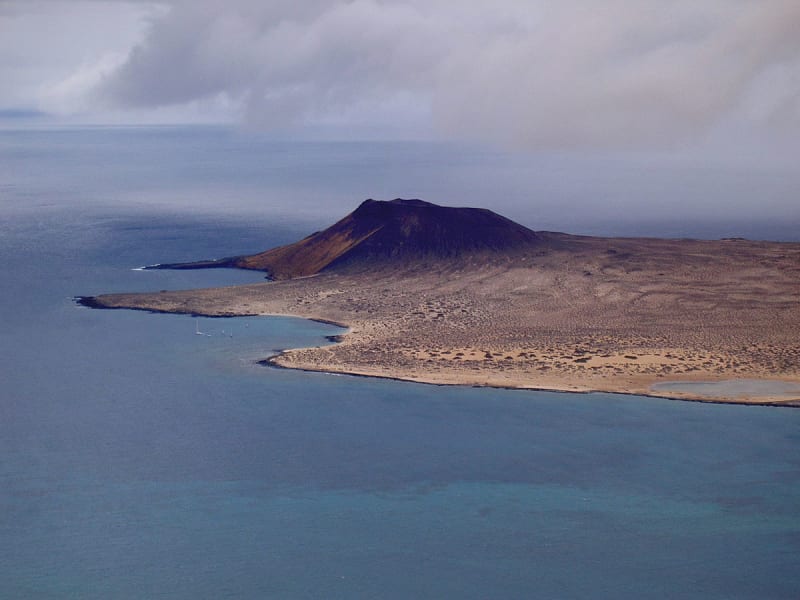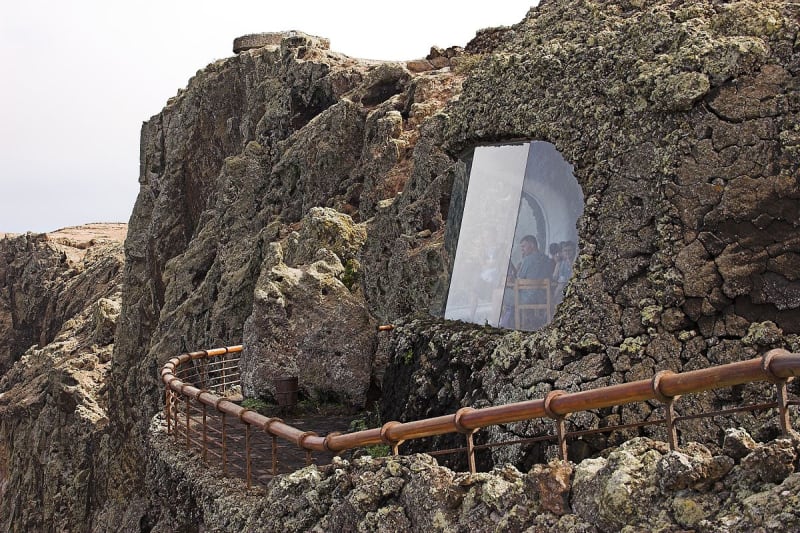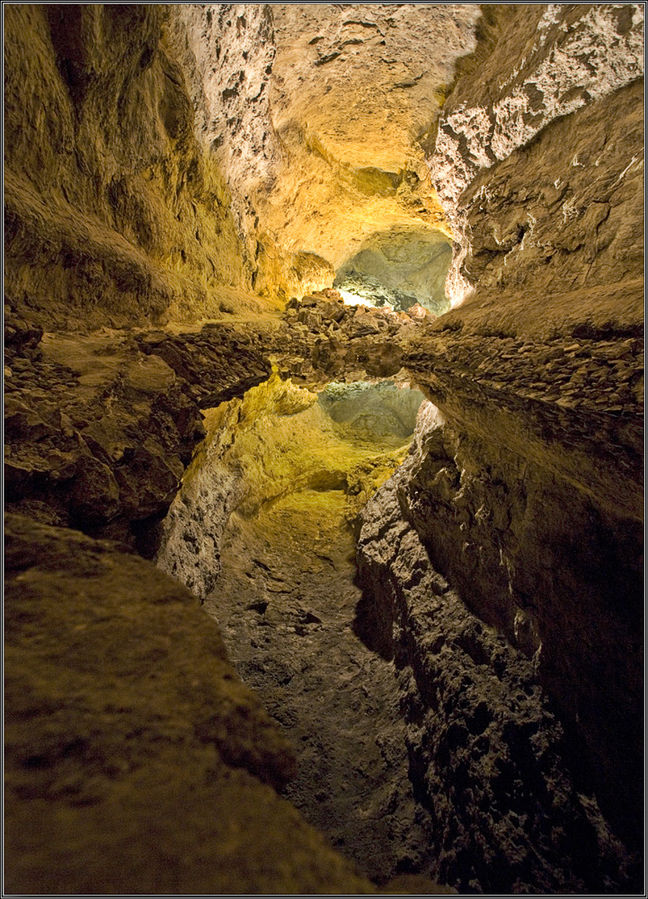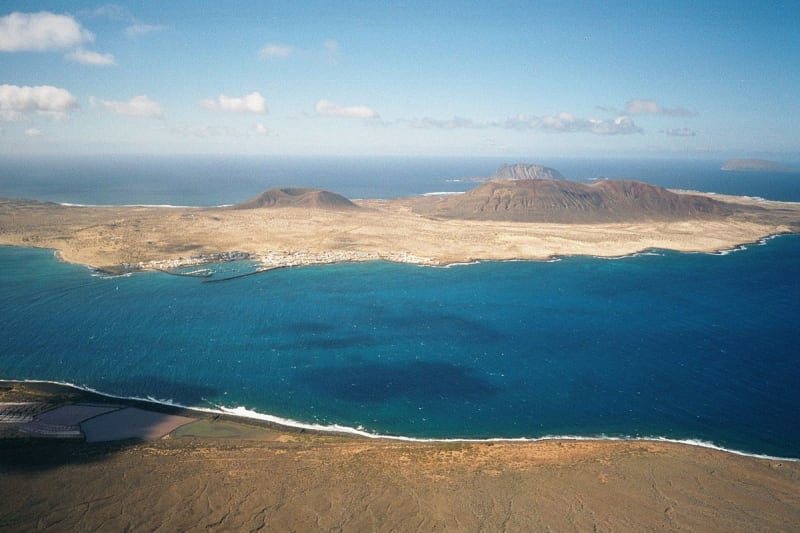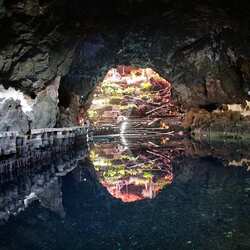Lanzarote Island
Lanzarote Island is one of the most unusual of the Canary Islands, with numerous volcanoes covering its surface. The most famous are the Timanfaya National Park, with more than 300 volcanoes in total. Almost 1.5 million tourists visit the park every year.
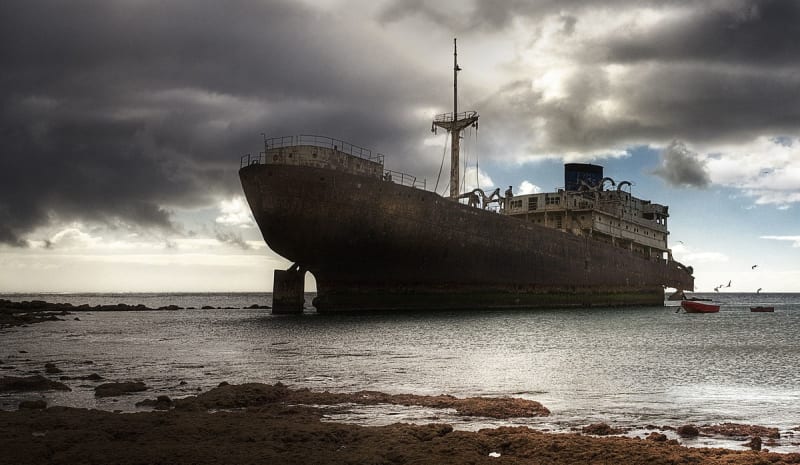
History of origin
Lanzarote appeared 22 million years ago. It was named after the merchant Lancelotto Malocello, who arrived in 1312. The original name is Titerogakat, which means "the one that burns." That's what the aborigines called the island in ancient times.
The island is popular for surfing enthusiasts, and professionals consider it one of the 3 best in Europe. Surf spots on local beaches are suitable for different types of skiing, from reef to beach breaks. Throughout the summer and autumn, numerous tourists "catch the wave." Surf schools are open for beginners right on the beaches.
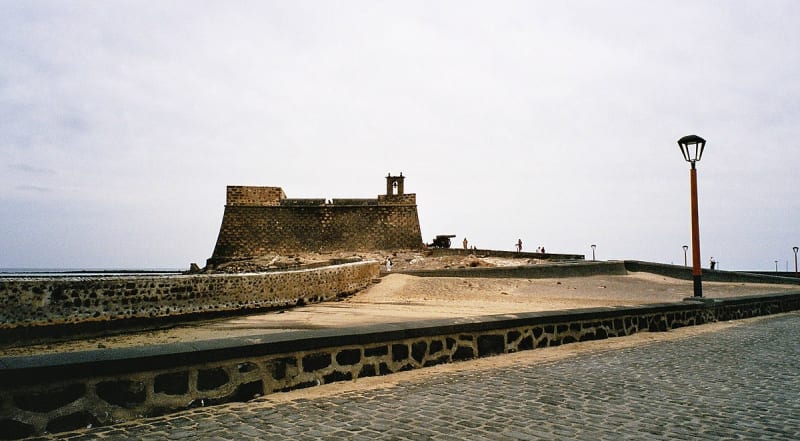
The best beach is Famara, Atlantic Hawaii, as it is called. It's the easiest and safest place to learn the basics of surfing and improve your skills. The beach stretches for 6 km, there are many surf schools on its territory and several surf camps are based, which include breakfast and accommodation in apartment hostels. Young people like the camp regime - warm-up in the morning, breakfast and board riding until the evening. After a workout, a wild night of fun begins, often lasting until the morning.
Description
The climate of Lanzarote Island seems to have been specially adapted for athletes and amateurs - the water temperature stays around 20 degrees all year round, constant waves reaching 4 m in winter. When the wind increases, it's time for kitesurfing.
On one side of the beach is the village of Caleta de Famara, on the other side stands the Risco de Famara rock, on top of which there is an excellent el Rio observation deck. An unforgettable vivid impression will be left by meeting a sunset or sunrise on the playground, when the sun stands out in contrast in the purple sky against the background of the blue ocean, gray-brown rocks and white sand.
The coast of Lanzarote is indented by numerous coves and inlets surrounded by beaches with white, golden and red sand. In addition to Famara Beach, beaches in the areas of Playa Blanca, Puerto del Carmen and Costa Teguise are particularly popular.
Playa Blanca is a magnificent resort with a huge number of hotels, restaurants, cafes and bars. From here you can take a ferry to Fuerteventura. In the southern part of Lanzarote lie the magnificent beaches of Papagayo Bay, the unique beauty of nature opens in the neighboring bays of Pozo, Congrio and others. Nudists like to relax on the beaches in these bays.
Puerto del Carmen is always crowded with tourists, and its beaches are very crowded. They are covered with yellow-golden sand. The area is close to the airport. Not only tourists, but also locals like to relax on the beaches of Costa Teguise. The coast is covered with soft, light sand.
Information for travelers
What you should definitely try in Lanzarote is the local malvasia wine, goat cheese and, of course, fish and seafood. Wine grapes grow in volcanic tuff. A real futuristic sight - small white houses stand on the frozen lava against the background of green vineyards.
Malvasia is a sweet white wine. Its technology and name came from Greece. In Lanzarote, malvasia has acquired unique flavors due to grapes grown on lava. The taste of the extraordinary wine is strongly emphasized by the local goat cheese. It comes in soft Tierno, aged for 3 months, firm Semicurado, aged for six months, firm and with a piquant Curado flavor. In Timanfaya Park, the Diablo Restaurant serves amazing dishes cooked right on the volcano.
The island of Lanzarote can be compared to the huge experimental workshop of architect and artist Cesar Manrique, the founder of the ecologism style. On the island, most of the buildings were built according to his designs. The architect died in 1992. His last project was a Cactus Garden, built in 1991. Now there are more than 10 thousand species of various flora in it. The island is beautifully called the island of moonscapes, and it is rightfully considered the best place for a beach holiday.

